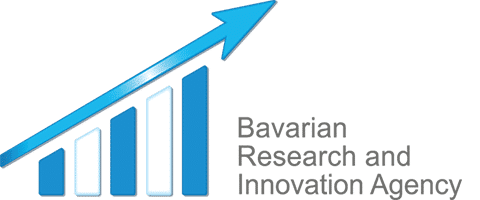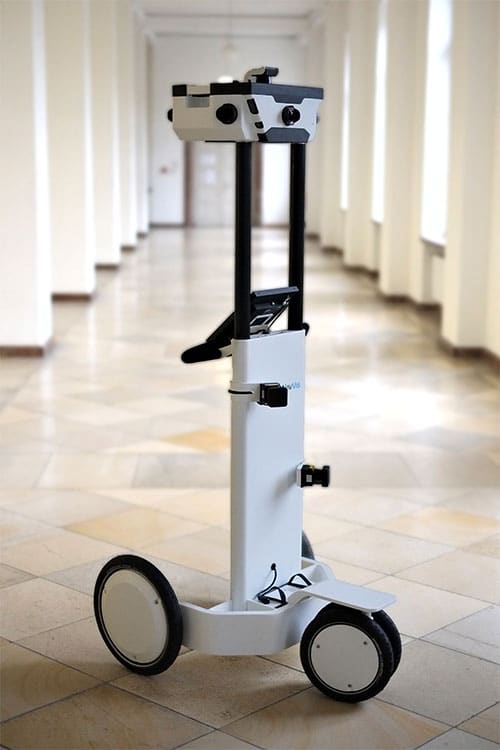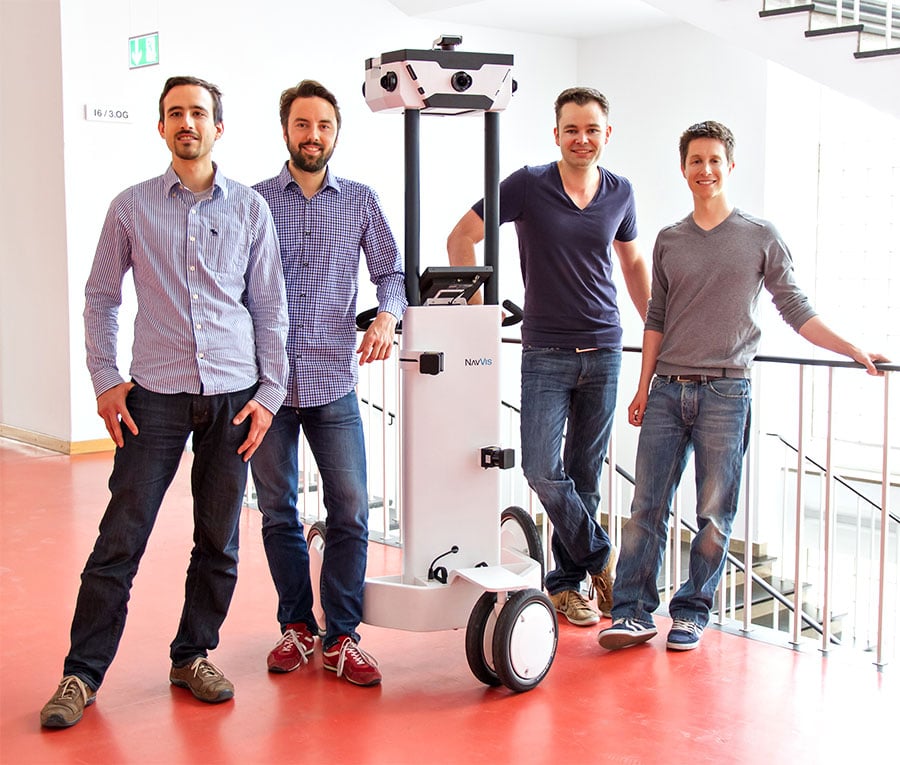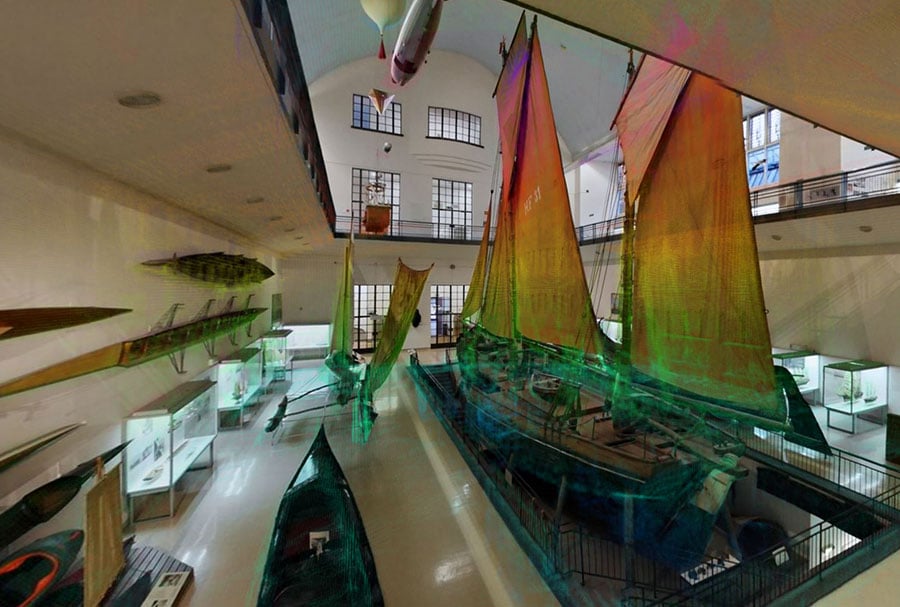
NavVis
Indoor-Navigation for large buildings
NavVis GmbH develops and sells innovative products and applications for indoor mapping and navigation accurate to the centimeter, for the simplest orientation even in complex building systems. The technology, originally developed at the Technical University of Munich (TUM), also opens up new possibilities for interactive services such as B. museum tours or product advertising in shopping centers and thus addresses a huge, hitherto insufficiently developed market for indoor applications.
3D indoor maps
More and more people are using mobile GPS devices or smartphones for navigation. However, GPS (Global Positioning System) does not work indoors. Mobile services cannot be used here either. Alternative indoor technologies such as WiFi or Bluetooth beacons only allow insufficient accuracy and also require a complex additional infrastructure.
An important part of the NavVis technology is the Mapping Trolley M3. Equipped with laser scanners and cameras for high-resolution 360-degree images, the car measures the structure of rooms and produces a precise 3D map. A user can then call up this information using the free NavVis app for mobile devices.
Augmented reality as an additional feature
In addition, owners of these buildings can provide their visitors with a variety of additional offers via NavVis. In this way, information about specific points in the room can be provided via augmented reality overlays, i.e. overlays on the display. An example of this is showing information about exhibits in a museum. In shopping arcades, shopkeepers can offer their visitors z. B. provide information about current special offers. For example, in the industrial domain, mechanics can be navigated to locations in a factory where equipment needs to be serviced. These devices can be “labeled” with work instructions and reports via NavVis, making work processes more efficient.
Course for success: license for economic success
The Bayerische Patentallianz GmbH supported the TUM in evaluating and protecting the invention under intellectual property law. In addition, the patent exploitation agency supported the founding team in applying for funding as part of “EXIST Research Transfer” from the Federal Ministry for Economic Affairs and Energy and then licensed the technology to NavVis GmbH on behalf of TUM.





